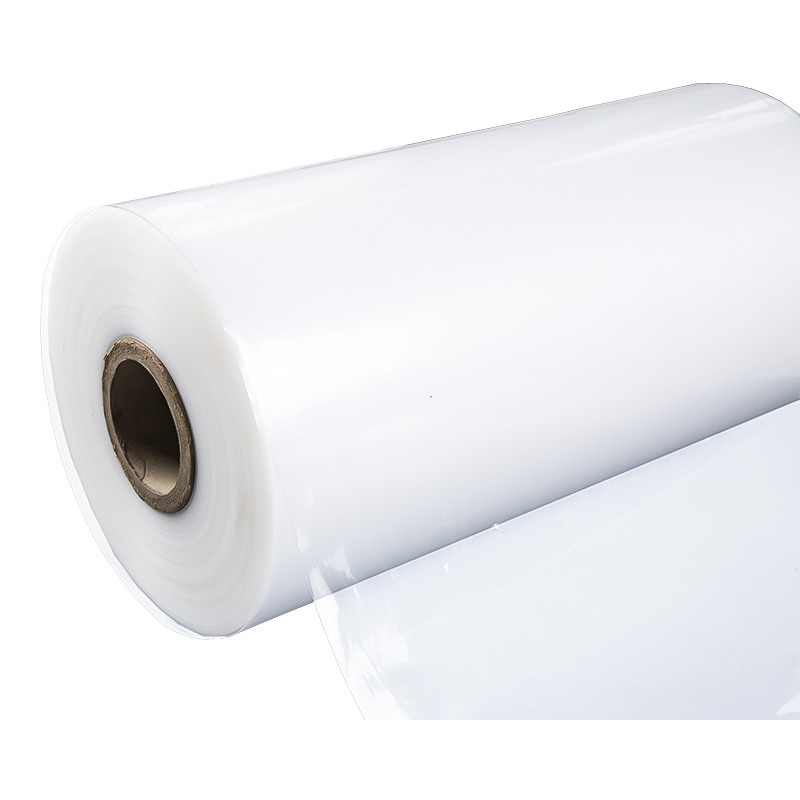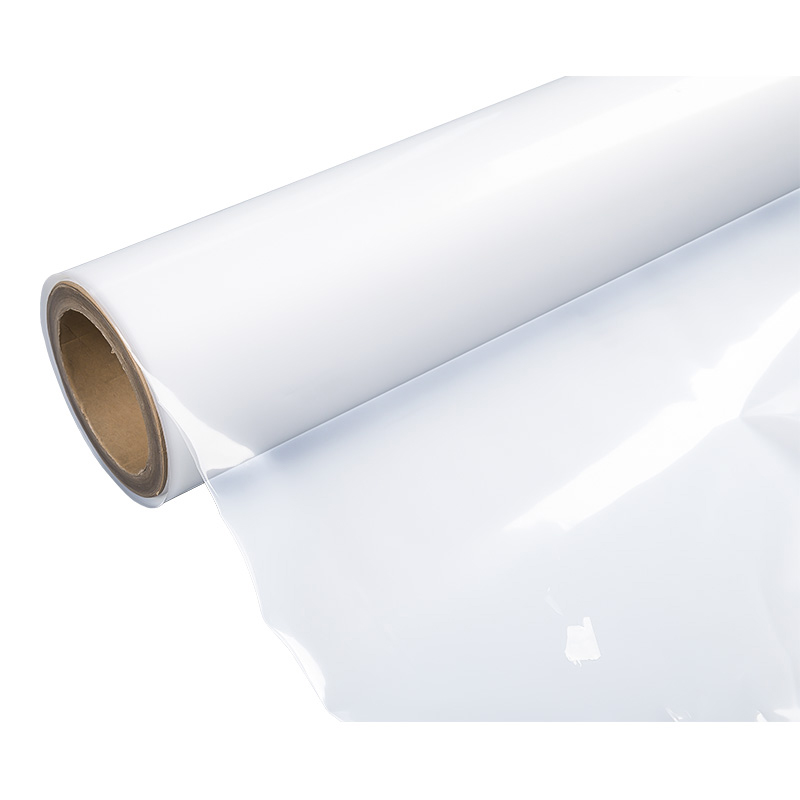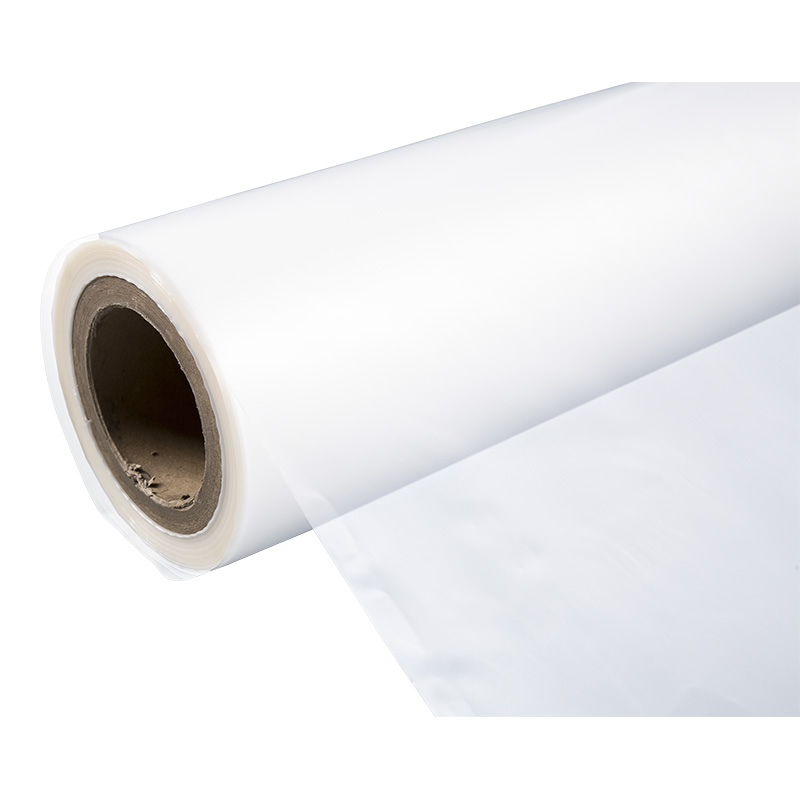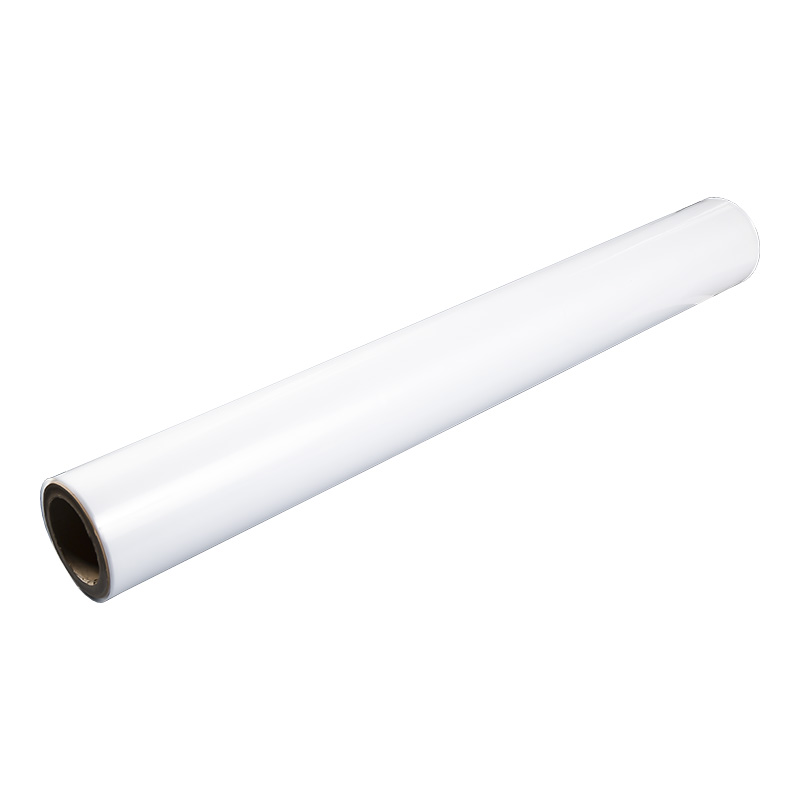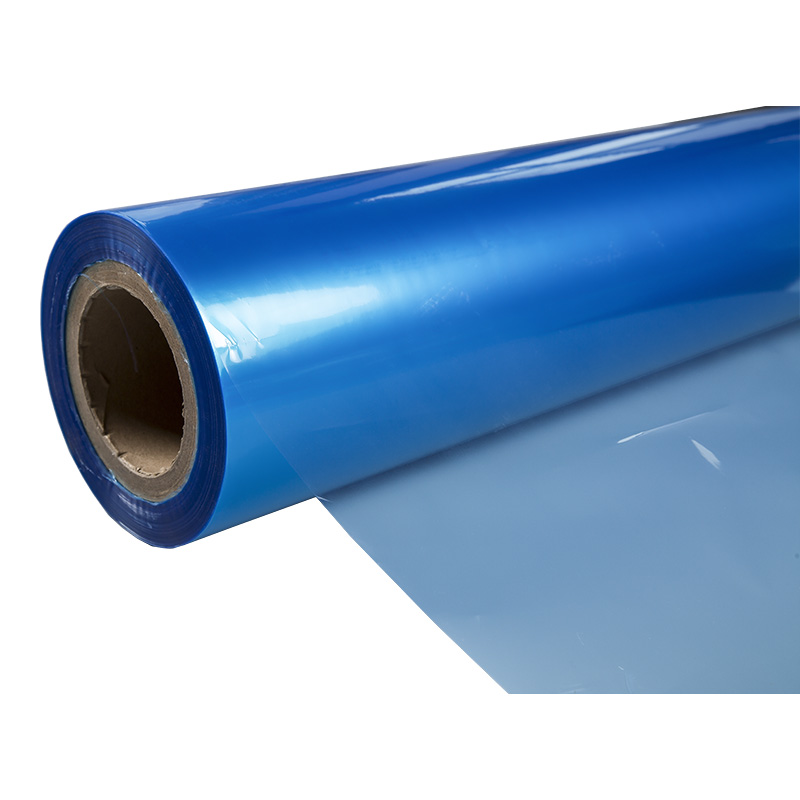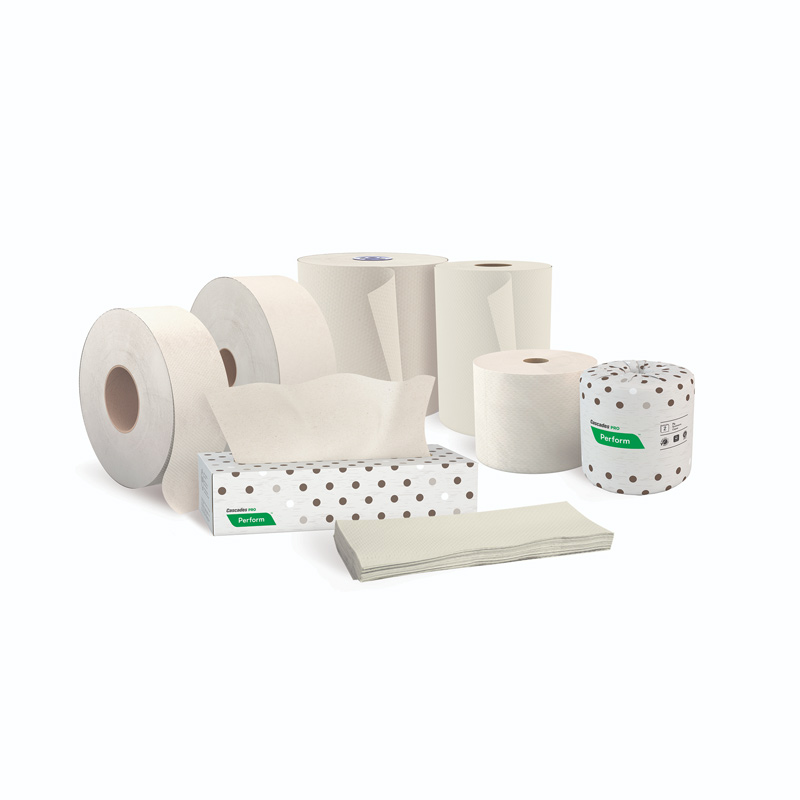1. Recyclability of frozen packaging film
The recyclability of frozen packaging film is an important part of its environmental protection characteristics. Traditional frozen packaging films are mostly made of plastic materials such as polyethylene (PE). Although these materials have good flexibility and waterproof properties, they are not easy to degrade and are easy to pollute the environment. In order to solve this problem, modern frozen packaging film manufacturers have begun to use recyclable materials, such as recycled polyethylene (rPE), to produce frozen packaging films.
The use of recyclable materials not only helps to reduce the mining and consumption of virgin plastics, but also reduces the generation of waste and environmental pollution. During the production process, manufacturers use advanced recycling technology to convert discarded plastic products into new raw materials, and then process them into frozen packaging films. This recycling method not only improves the utilization rate of resources, but also reduces the landfill and incineration of waste, which helps to reduce the pressure on the environment.
In order to further improve the recyclability of frozen packaging film, manufacturers have also adopted some innovative designs and technologies. For example, they will add recycling logos and recycling information to the packaging film so that consumers can correctly classify the packaging film after use and put it in the recycling station. At the same time, manufacturers will also cooperate with recycling agencies to establish a recycling network and recycling system to ensure that the discarded frozen packaging film can be recycled and processed in a timely and effective manner.
2. Environmental characteristics of frozen packaging film
In addition to recyclability, the environmental characteristics of Frozen Packaging Film are also reflected in many aspects. First, modern frozen packaging film manufacturers focus on using environmentally friendly materials to produce packaging films. These materials usually have low toxicity, good biocompatibility and degradability, and will not cause harm to the human body and the environment. For example, some manufacturers use bio-based materials (such as PLA, PHA, etc.) to produce frozen packaging films. These materials are derived from renewable resources (such as corn starch, sugarcane, etc.) and can be decomposed by microorganisms in the natural environment and eventually converted into harmless substances.
Modern frozen packaging films also focus on reducing the use of packaging materials and the generation of waste. Manufacturers reduce material consumption and production costs by optimizing packaging design and structure, reducing the thickness and weight of packaging materials. At the same time, they will also use reusable packaging forms, such as reusable pallets, boxes, etc., to reduce the use of disposable packaging materials. These measures not only help reduce the generation of waste, but also reduce logistics costs and resource consumption.
Modern Frozen Packaging Film also focuses on improving the air permeability and moisture permeability of packaging to maintain the freshness and taste of food. By adopting high-barrier materials and technologies, manufacturers can effectively control the gas composition and humidity level inside the packaging, thereby extending the shelf life of food and reducing food waste. This efficient packaging method not only helps to protect the quality and safety of food, but also reduces waste and environmental pollution caused by expired food.
3. Application of frozen packaging film in cold chain logistics
In modern cold chain logistics, the application of frozen packaging film is very extensive. It can not only be used to package frozen foods such as meat, seafood, and vegetables, but also to package refrigerated foods such as ice cream and dairy products. By using frozen packaging film, food can be effectively protected from pollution and damage by the external environment, while extending the shelf life of food and maintaining the freshness and taste of food.
In the cold chain logistics process, frozen packaging film also plays a role in heat preservation and moisture retention. It can effectively prevent heat loss and water evaporation inside the packaging, thereby keeping the temperature and humidity of the food stable. This stable packaging environment helps to reduce the quality loss and nutrient loss of food during transportation and storage, and improve the quality and safety of food.
With the rapid development of e-commerce and takeaway industries, the application of frozen packaging film in the field of food delivery is becoming more and more extensive. By using frozen packaging film, the quality and safety of food during the delivery process can be effectively protected, and consumer satisfaction and trust can be improved. At the same time, it also helps to reduce waste and environmental pollution caused by food delivery, and promote green logistics and sustainable development.
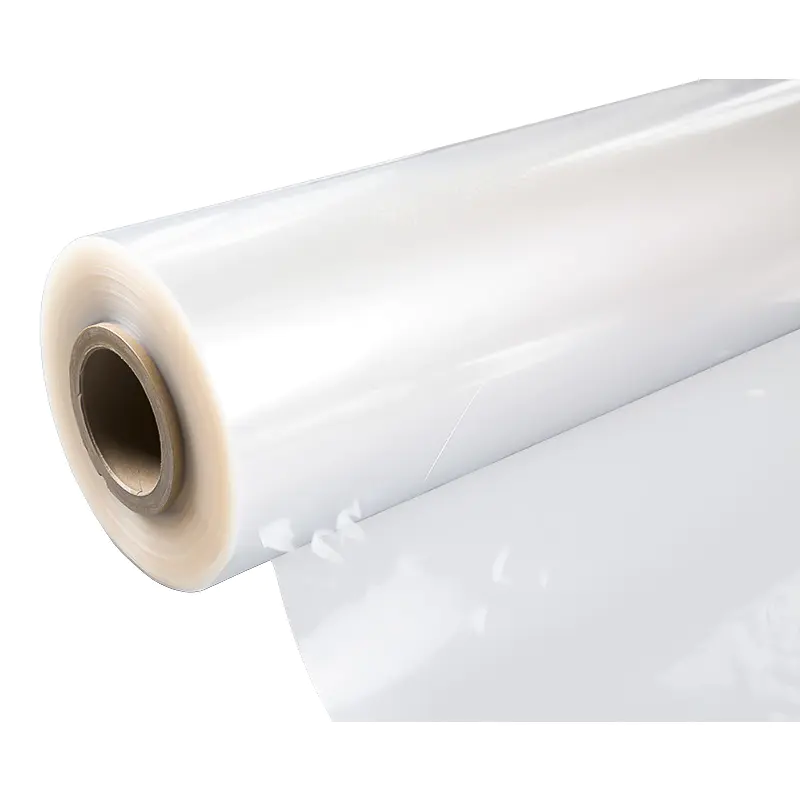
 +86 139-6715-0258
+86 139-6715-0258 
 Monday to Friday 8 am. to 6 pm.
Monday to Friday 8 am. to 6 pm. 
 English
English 中文简体
中文简体